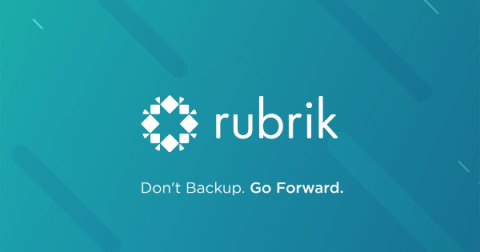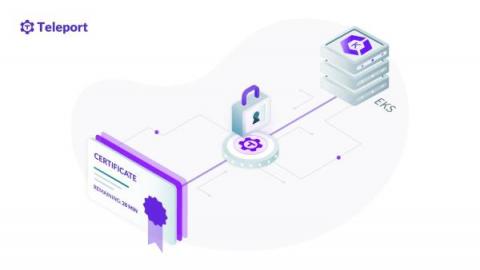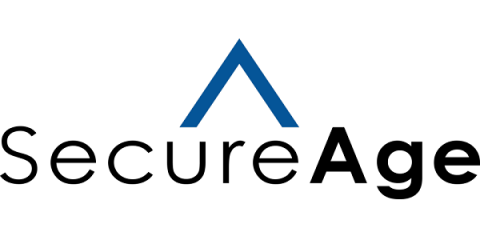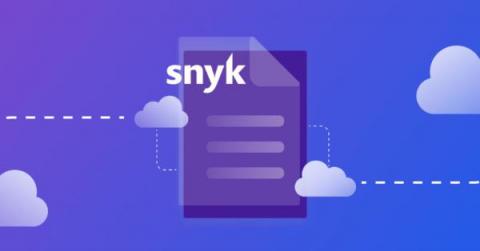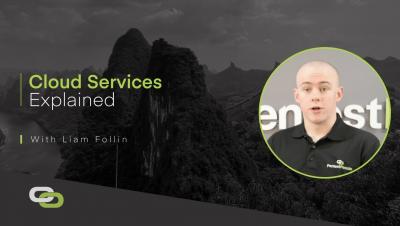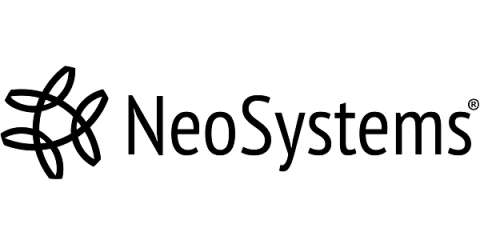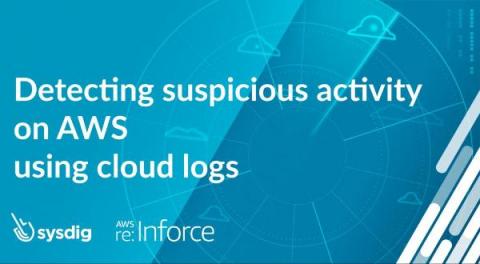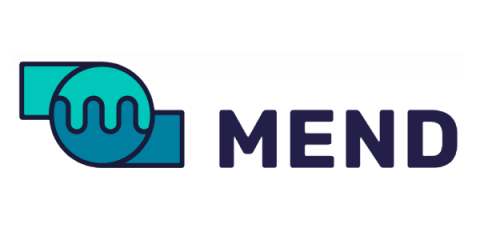Rubrik Cloud Native Protection is now available on Google Cloud Marketplace
Protecting and managing Google Cloud environments just got easier. Rubrik Cloud Native Protection is now available on Google Cloud Marketplace. Since 2019, Rubrik has been a trusted Google Cloud partner helping organizations enable data protection, automation, granular search, and world-class Zero Trust data security in the cloud. Rubrik helps organizations become cyber resilient through data immutability, logical air gapping, end-to-end encryption, and granular role-based access control.


